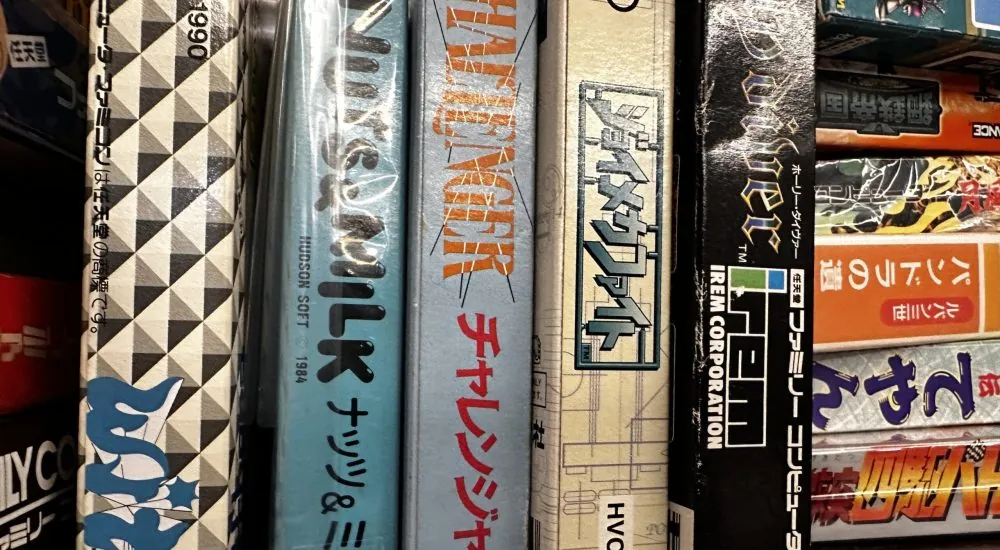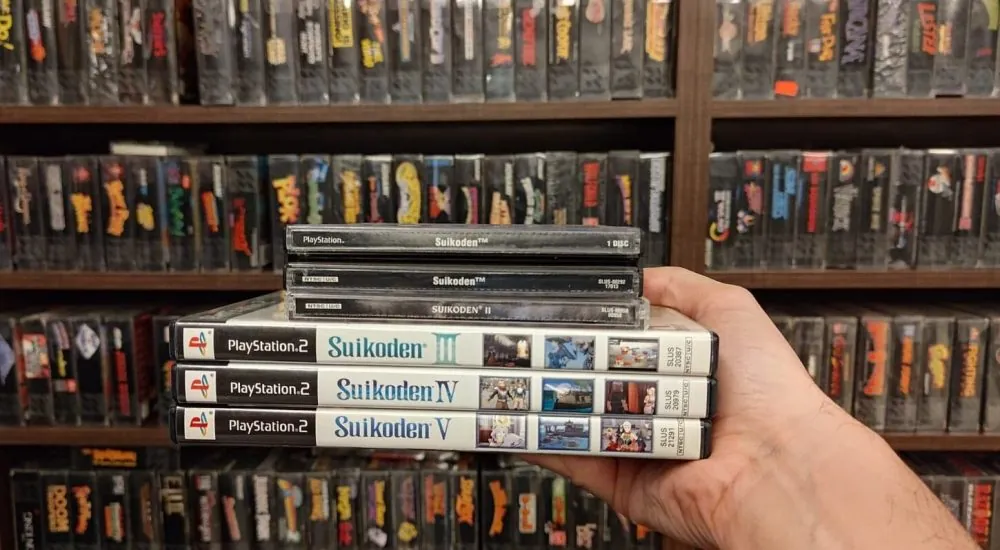Nintendo’s legal team has clarified that the legality of emulators depends heavily on how they are used, as revealed in a recent statement addressing the ongoing debate around video game emulation. While the creation of emulators is generally considered legal under certain conditions, Nintendo emphasized that their use can cross into illegal territory depending on factors such as copyright infringement and circumvention of security measures.
The statement comes amidst a broader crackdown on unauthorized emulation, including Nintendo’s successful efforts to block the Steam release of the Dolphin emulator in 2023 and legal action against Yuzu in 2024. Nintendo’s lawyers argue that while emulation itself may not inherently violate copyright law, using emulators to play pirated or unauthorized copies of games does. They also pointed out that breaking encryption or security measures, such as those protecting Nintendo’s consoles and games, violates the Digital Millennium Copyright Act (DMCA) in the United States.
Legal precedents like Sony v. Connectix have established that reverse engineering to create an emulator is permissible under fair use, provided it does not use copyrighted code directly. However, Nintendo has shifted its focus to anti-circumvention provisions of the DMCA, arguing that many modern emulators rely on bypassing encryption systems, which is illegal even if no copyrighted code is used in the emulator itself.
Nintendo’s statement also highlighted the potential harm caused by unauthorized emulation, claiming it undermines developers’ efforts and stifles innovation. This aligns with their longstanding position that emulators and piracy harm their intellectual property and revenue streams.
While Nintendo’s stance is clear, the legal landscape surrounding emulation remains complex. The creation of an emulator is typically legal if done through proper reverse engineering without using copyrighted code. However, its use becomes legally questionable when paired with pirated ROMs or when it involves circumventing security measures. This nuanced distinction continues to fuel debates within the gaming community about preservation, accessibility, and intellectual property rights.










